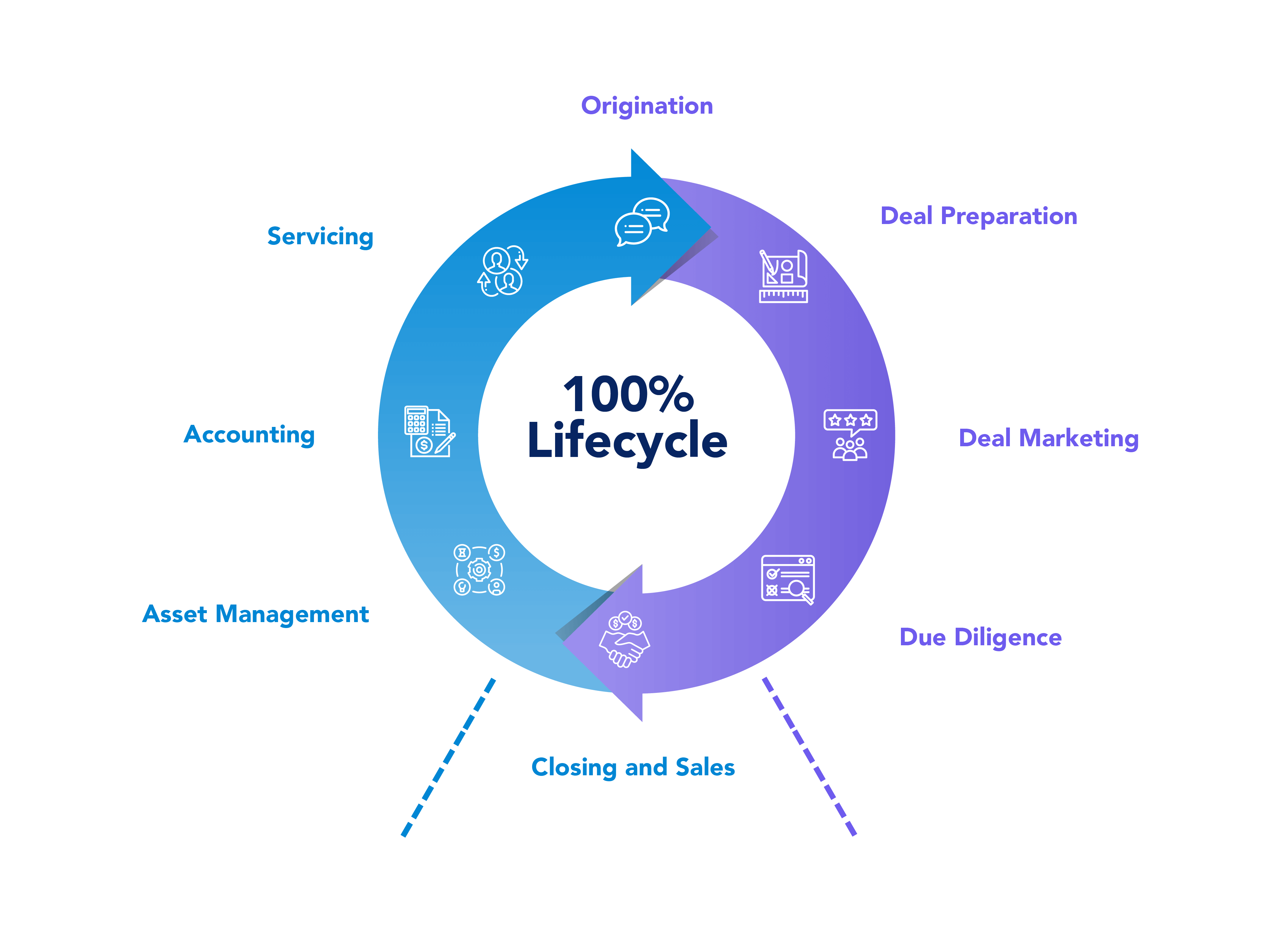Payments Solutions
The Rise of Digital Wallets and Transformation of POS Payments
The payments industry is undergoing a significant transformation as we head into 2024. Driven by consumer preferences, digital innovation, and changing market dynamics, businesses must stay attuned to the evolving landscape. Look at the global trends shaping Point of Sale (POS) payments, digital wallets, and card usage.
Sep 6, 2024
Title: The Rise of Digital Wallets and Transformation of POS Payments
The payments industry is undergoing a significant transformation as we head into 2024. Driven by consumer preferences, digital innovation, and changing market dynamics, businesses must stay attuned to the evolving landscape. Look at the global trends shaping Point of Sale (POS) payments, digital wallets, and card usage.
Digital Wallets: The New Leader in Payments
Digital wallets have firmly established themselves as the preferred payment method globally. In 2023, they accounted for 50% of all e-commerce transactions, amounting to over $3.1 trillion in transaction value. The growth trajectory will continue, with digital wallets projected to reach $25 trillion across e-commerce and POS transactions by 2027.
For businesses, digital wallets offer several advantages:
Convenience: One-click payments create a seamless and fast checkout experience for consumers.
Security: Wallets provide encryption, tokenisation, and multifactor authentication, instilling confidence in users.
Global Reach: Wallets like Apple Pay, Google Pay, and PayPal continue to expand across borders, offering a universal payment option for online and in-store purchases.
With increasing adoption across all regions, including Asia-Pacific, Latin America, and Europe, digital wallets are expected to dominate the payment landscape both online and at physical stores.
POS Payments: Digital Wallets Taking the Lead
At the point of sale, digital wallets quickly become consumers' go-to method. In 2023, wallets accounted for 30% of global POS transaction value, totalling over $10.8 trillion. Their fast growth, driven by ease of use and contactless options, is expected to push this share to 46% by 2027.
However, credit and debit cards remain significant players at POS, with cards responsible for nearly half of all transaction value in 2023. This is especially true in regions with solid card adoption, such as North America and Europe. The continued use of cards within digital wallets ensures their ongoing relevance in the evolving payments landscape.
The Future of Cards: Strength in Wallets
While card direct use declines slightly, it thrives within digital wallets. Many consumers still rely on credit and debit cards as their primary funding sources inside wallets like Apple Pay, Google Pay, and PayPal.
In POS payments, cards accounted for 27% of all global spending in 2023, with credit cards being the most used method. While their share might slightly reduce, the overall transaction values continue to grow.
The Decline of Cash and Rise of Prepaid Cards
The report highlights a steady decline in cash use globally. In 2023, cash accounted for only 16% of POS transaction value, which is expected to drop to 11% by 2027. Economic uncertainties have accelerated the shift to more secure and digital forms of payment.
Meanwhile, prepaid cards are rising, projected to surpass $1 trillion in transaction value by 2024. Prepaid cards offer versatility for use cases like gift cards, payroll, and government benefits, and they provide a vital payment tool for unbanked and underbanked populations.
Synergy Insights: Key Observations from Partners, Customers, and Prospects
Working with various stakeholders—including customers, prospects, and partners—has given us valuable insights into how these trends shape business strategies and operations.
Customer Experiences
Many of our clients have seen the benefits of offering multiple payment options firsthand. By integrating digital wallets, they have noticed a marked increase in conversion rates, particularly from younger, mobile-first consumers. Customers now expect fast, seamless payment options, especially in e-commerce and retail environments. A recurring theme from our discussions is that convenience and security are no longer luxuries but essentials.
Additionally, offering buy now, pay later (BNPL) has driven higher purchase volumes and fostered customer loyalty. Businesses that give their customers flexibility in payments have reported better retention rates and increased customer satisfaction.
Prospects Insights
Prospective clients, especially in developing markets like Latin America and Africa, are eager to adopt new payment technologies but need help with infrastructure and consumer trust. This is particularly evident in markets where cash has traditionally dominated. The rise of prepaid cards and A2A payments is seen as a way to bring financial inclusion to unbanked populations, but prospects are cautious about the transition. Education and customer outreach remain critical as they look to expand digital payment options.
Partner Collaboration
Our payment partners—especially fintech providers and payment processors—are embracing the digital wallet revolution. Many work closely with merchants to ensure omnichannel experiences where consumers can seamlessly switch between online and in-store payments. Moreover, partners are investing heavily in data security and fraud prevention to ensure that adopting digital wallets and A2A payments maintains consumer trust.
Conversations with partners also reveal the importance of regulatory frameworks. Regions like Europe are pushing for open banking and real-time payment systems, and many partners are positioning themselves to help businesses comply with these regulations while taking advantage of the opportunities they present.
What This Means for Businesses
To stay competitive, businesses must keep up with these evolving payment trends. Here are key takeaways:
Adopt Digital Wallets: Ensure your checkout process offers digital wallets as an option. Consumers expect speed and security, and wallets provide both.
Enhance POS Payments: As digital wallets expand at POS, offering contactless and wallet-based payments in-store can improve the customer experience.
Consider Prepaid Solutions: With the rise of prepaid cards, offering these options, especially for underbanked consumers, can open up new revenue streams.
Conclusion: The Future of Payments is Digital
As we move into 2024, the shift to digital wallets and the continued dominance of cards within wallets underscore a critical change in the global payments landscape. Businesses that adapt quickly and offer diverse payment methods—online and at the point of sale—will be best positioned to thrive in this new era.
For businesses of all sizes, the key is clear: prioritising consumer payment choices. By offering multiple payment methods that cater to consumer preferences, companies can enhance customer satisfaction, increase conversions, and secure long-term loyalty in an increasingly competitive marketplace.




